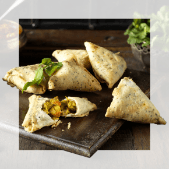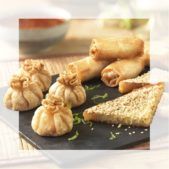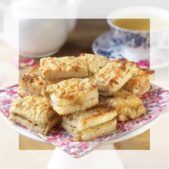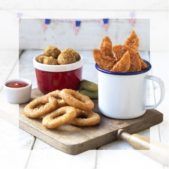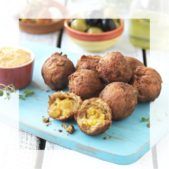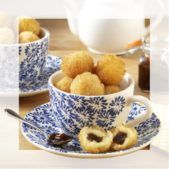Us chefs love cooking game so I was delighted when I read about the success of the ‘Game Changer’ project, which is being promoted as part of Great British Game Week.
This is an initiative, by the British Association for Shooting and Conservation, to teach 60,000 students to cook game by 2020.
It starts with teachers being shown how to prepare and cook two simple pheasant recipes using skills set out in a new GCSE in food preparation and nutrition. The teachers are then introducing pheasant (and other game as the scheme progresses) into their lessons.
This has led to children cooking things like pheasant tacos and fajitas, which as you know, is right up our street here at SK. I am also annoyed that I didn’t come up with that one myself!
This is a great thing to do because not only will it introduce children to the delights of game at a much earlier age, it may also mean that the next generation of chefs are even better than their predecessors because they will have been cooking game (which is a tough thing to do even for experienced chefs) before they even start formal training.
Put it this way, the five of us here in the SK development kitchen are already looking behind our backs! So, enjoy this recipe while we are all still around!!
Game Terrine
Terrine:
Parma ham x 6 slices
Duck liver pate (see recipe below)
Sliced cooked game (see recipe below)
Chutney:
200g x diced onion
50g x grated carrot
8g x chopped rosemary
20g x butter
330g x diced parsnips
150g x diced cooking apples
30g x pomace oil
1g x allspice
10g x garlic puree
6g x salt
8g x ginger puree
70g x brown sugar
25g x white wine vinegar
16g x English mustard
44g x honey
Pate:
250g x duck livers
70g x diced smoked bacon
90g x diced onion
20g x pomace oil
30g x salted butter
10g x chopped rosemary
40g x double cream
15g x brandy
Salt and pepper to taste
To make pate
- Heat pan, add oil and butter until butter foams.
- Cook onions, bacon and rosemary until onions are soft.
- Add liver and cook until well coloured on the outside but still slightly pink in the middle.
- Remove livers, onions and bacon from the pan into a food processor.
- Place empty pan back on the heat, add the brandy to deglaze the pan.
- Add cream and heat until reaches the boil.
- Scrap cream mixture into the food processor.
- Add the butter and some seasoning to the mix and puree until smooth.
- Check seasoning
Cooking the breasts for the terrine
4 x wild duck breasts
4 x pheasant breasts
4 x partridge breasts
20g x Oil
Salt
20g x Butter
½ pint x chicken stock
- Heat a frying pan
- Add half the oil and butter
- Season the breasts with salt and pepper
- Once butter is foaming add the pheasant breasts.
- Colour on both sides and then add half the chicken stock.
- Braise the pheasant breasts in the stock until slightly still pink in the middle and remove the breasts and the stock from the pan. Repeat with the duck and partridge breasts together.
- Once chilled slice the breasts about 1cm thick lengthways
Assembling the terrine
- Line a terrine mould with cling film over hanging the edges.
- Now line the cling film with slices of Parma Ham over hanging the edges.
- Spread a layer of the pate on the bottom of the mould.
- Now layer the terrine alternatively with the sliced breasts and pate.
- Once filled, fold over the Parma ham and cling film to cover.
- Chill for at least 4 hrs to set (preferably overnight)
Cooking the chutney
- Add all ingredients apart from the honey, mustard, white wine vinegar and brown sugar into a heavy bottomed sauce pan.
- Cook on a low heat for 40 mins.
- Add all other ingredients
- And simmer for another 30 mins.
- Check seasoning and adjust accordingly.
- Decant and chill.
To serve
- Slice the terrine to the thickness required and remove cling film
- Lay on the plate with a dollop of the chutney.
- Serve with toasted bread of your choice
About Neil Shaefer
Marketing & Communications Executive of SK Foods.
Your food. Our Passion.
